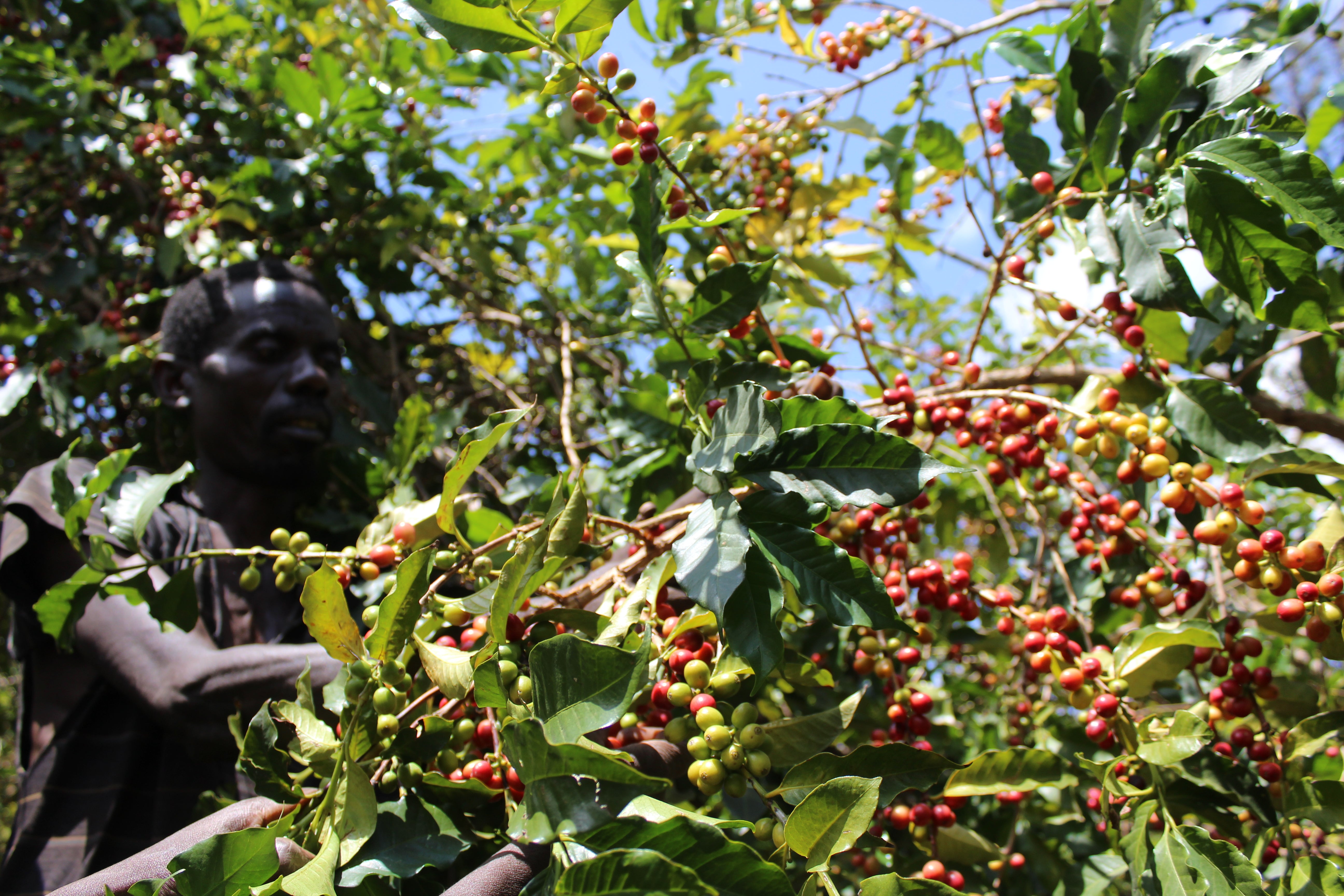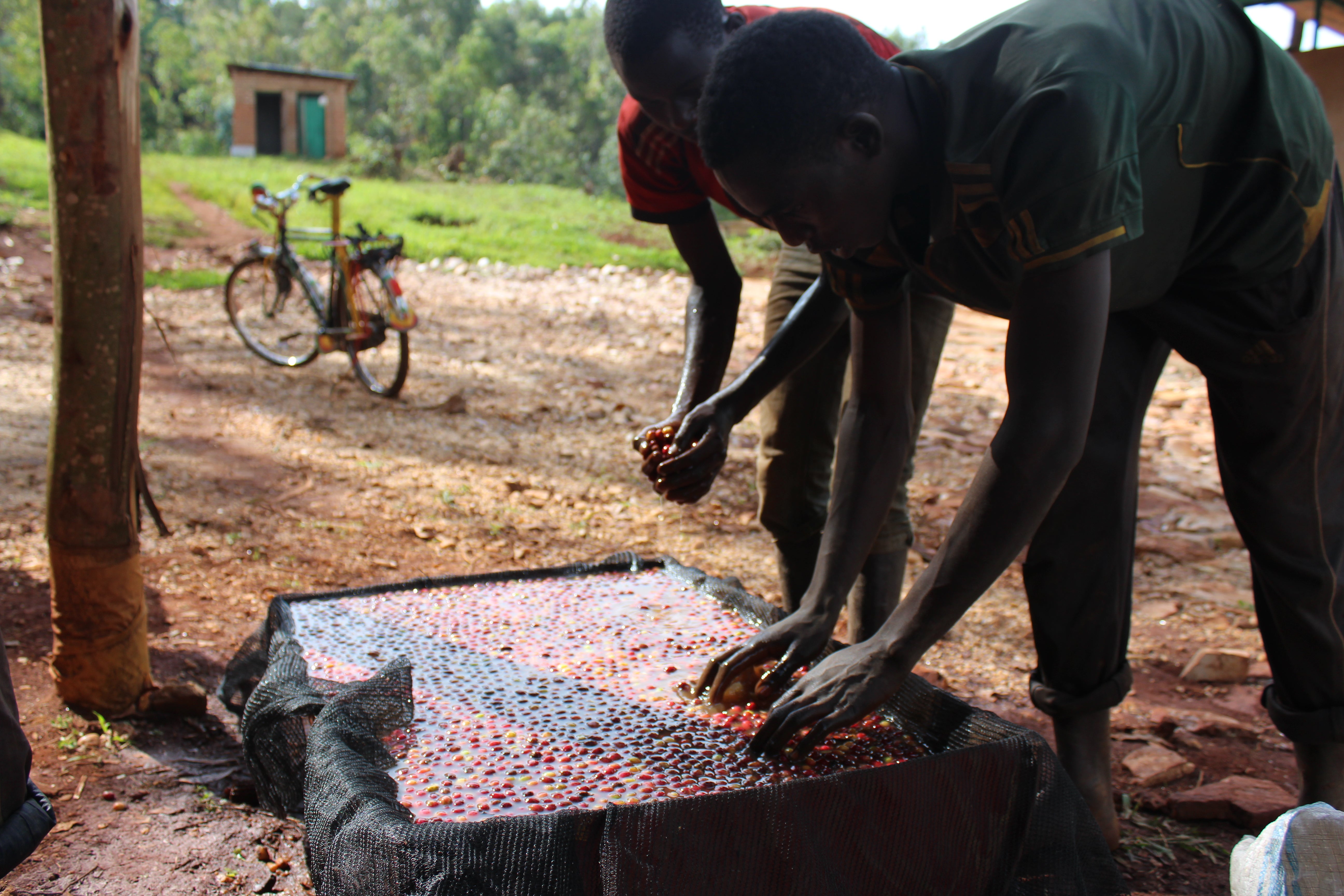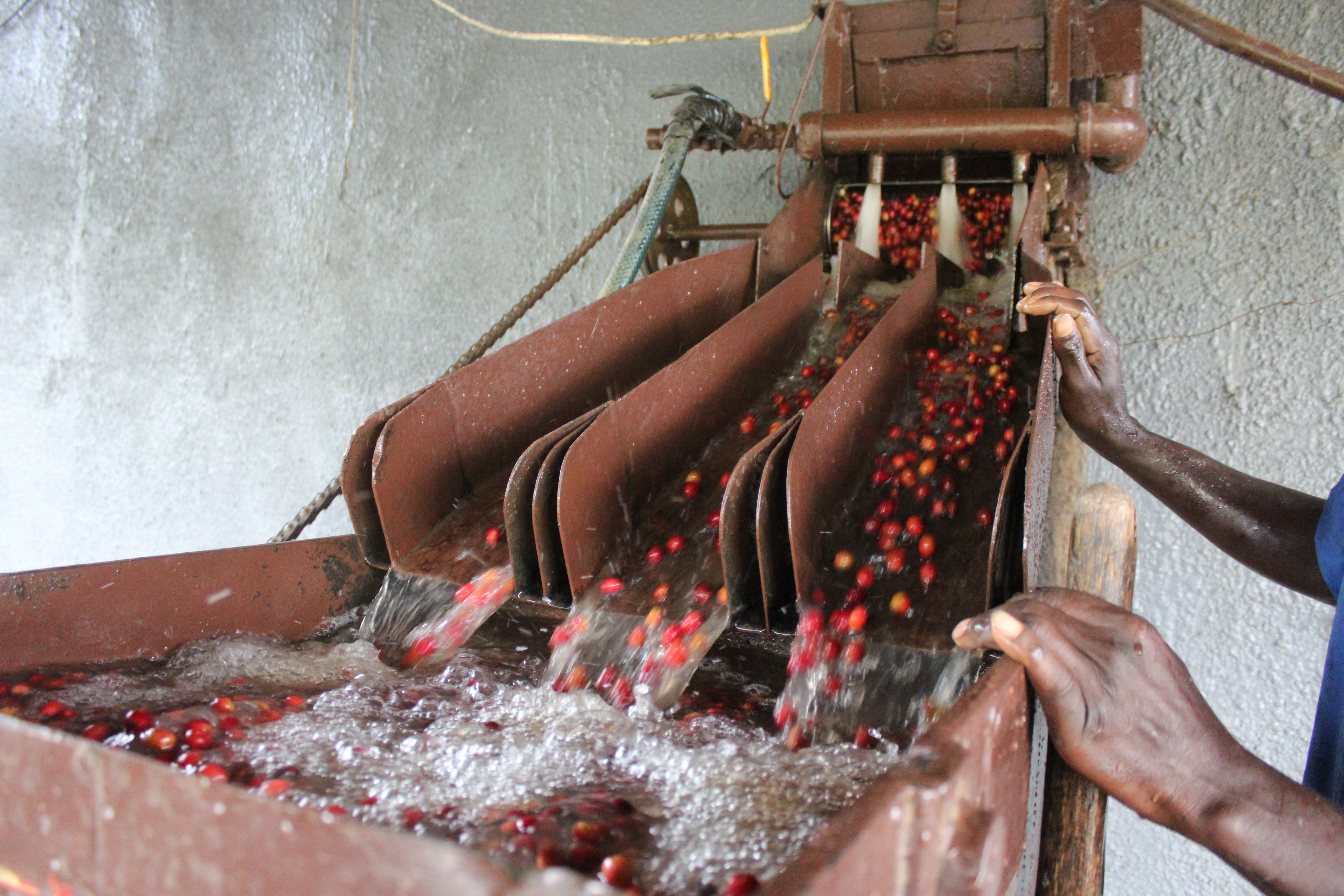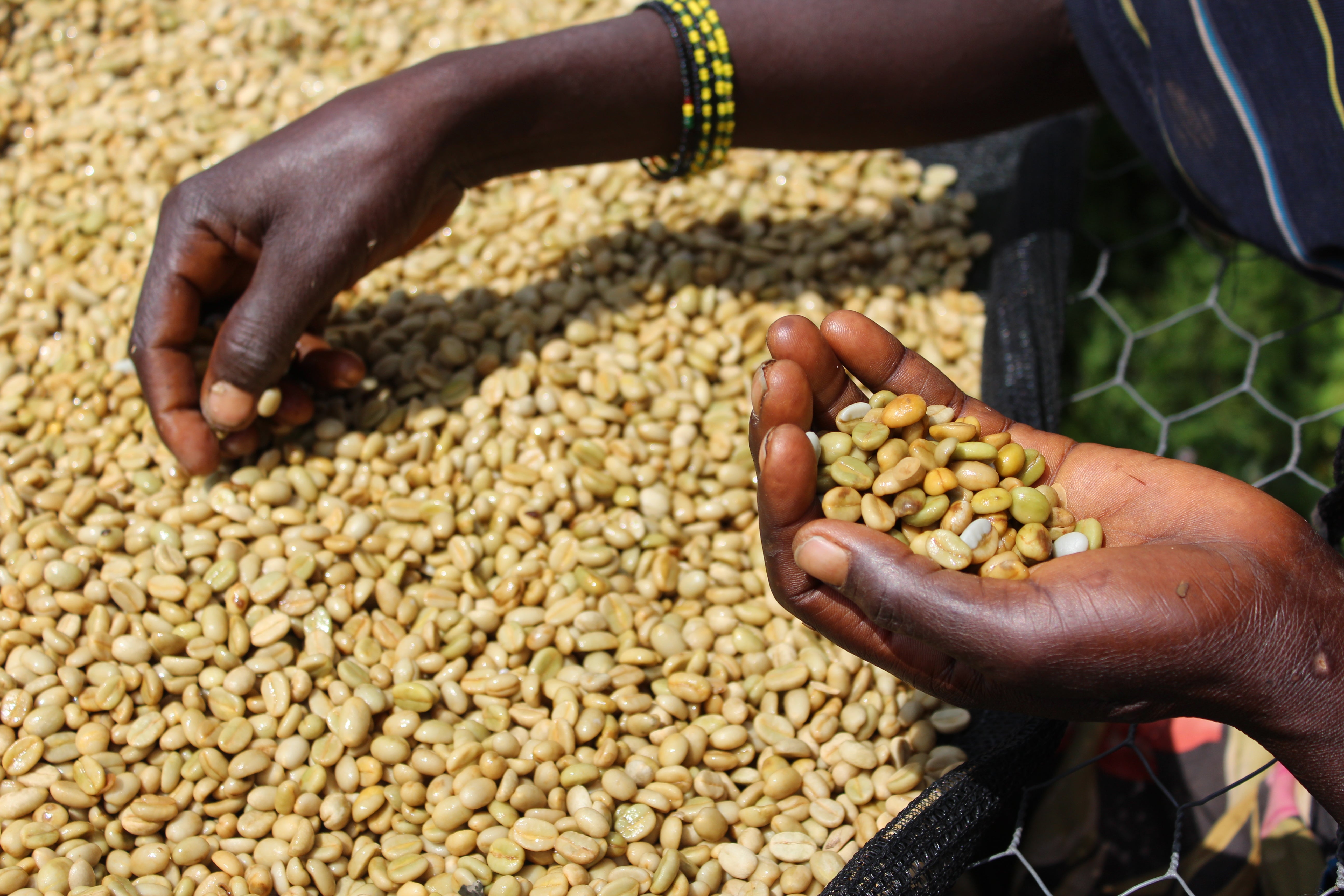Yeast-Inoculated Fully Washed Dry Fermentation
Yeast inoculated processing adds unique flavor notes that will wow your palate. The process also adds value in a way that helps us support our producing partners. During this process, we can control for specific flavors by selecting from 3 different Lalcafe yeasts. ORO yeast increases mouthfeel and builds a stronger body. ORO also draws out notes of red fruit. CIMA boasts a higher sweetness and increases citrus notes and Intenso elevates floral and tropical fruit notes and creates a more balanced acidity. Learn more about yeast-inoculated processing by following this step-by-step photo story.


First, cherry is selectively hand harvested by individual smallholder producers. Farms in Burundi are small and the average producer has 250 to 350 trees on average.

At intake, washing station employees hand select ripe, red cherry and then float cherry to remove any over- or under-ripes.

Accepted cherry is weighed and farmers are paid for their crop.

Then, high-grade cherry is pulped to remove the outer layer of skin and the pulp.

Parchment is placed in a fermentation tank and reactivated yeast is added. 1g of yeast is added to every 2kg of cherry. Yeast and parchment is stirred and covered to create an anaerobic environment. Parchment ferments for 96 hours.

Following fermentation, parchment is washed in clean water and, in many cases, sent through washing & grading channels. As the beans flow through, wooden bars that are laid across the canal prevent beans of specific densities from passing through. These bars are spaced across the channel. While the first blockade stops the most-dense beans, the next is arranged to stop the second most-dense beans and so on. In total, the channel separates beans into seven grades according to density.

Wet parchment is laid on pre-drying tables. Defective or damaged beans are most visible when parchment is wet, so workers carefully inspect parchment to remove any visibly damaged beans.

Parchment is transferred to raised beds to sundry. Workers continue to inspect drying parchment for defects and rake parchment frequently to ensure even drying. They cover parchment during the hottest part of the day and at night to prevent condensation.
Once dry, parchment is placed in Jute sacks and rested in warehouses. From the warehouse, coffee will be milled and prepared for export.
Learn more about yeast-inoculated processing from Eddy Nkanagu, Managing Director at Greenco, and Tim Heinze, Coffee Education Manager at Sucafina: